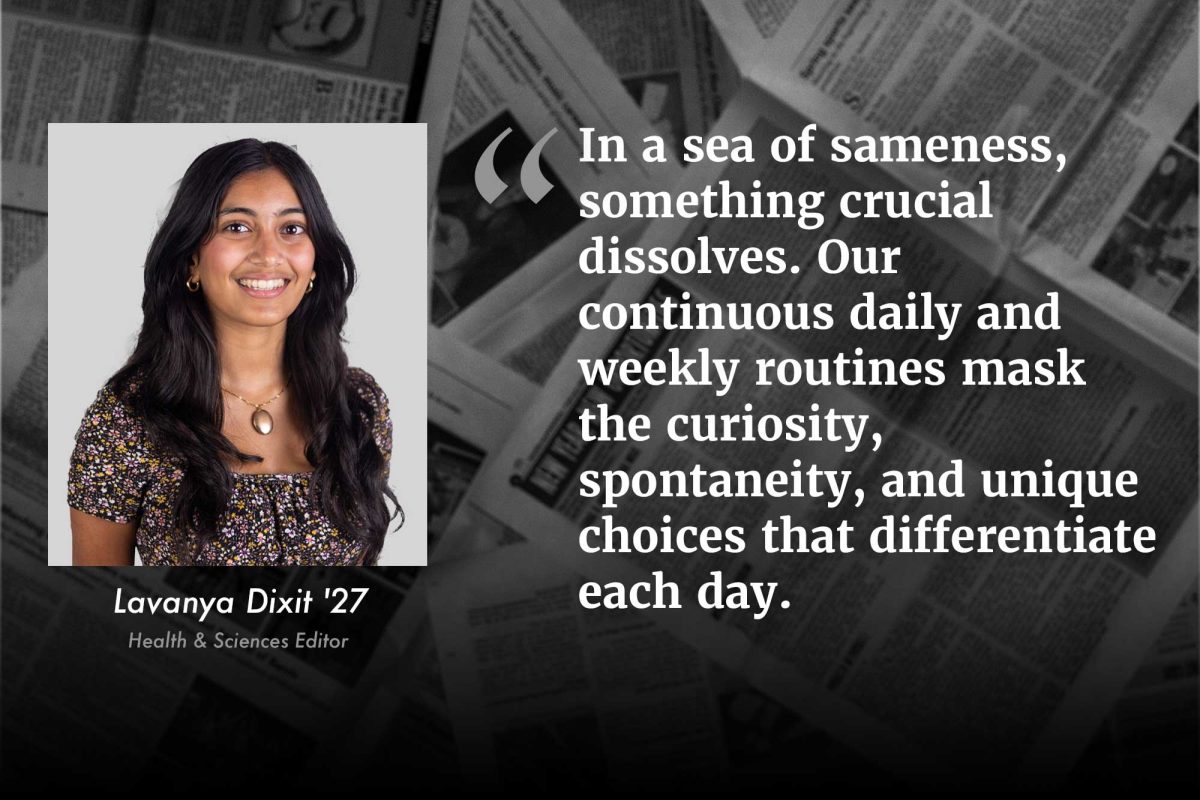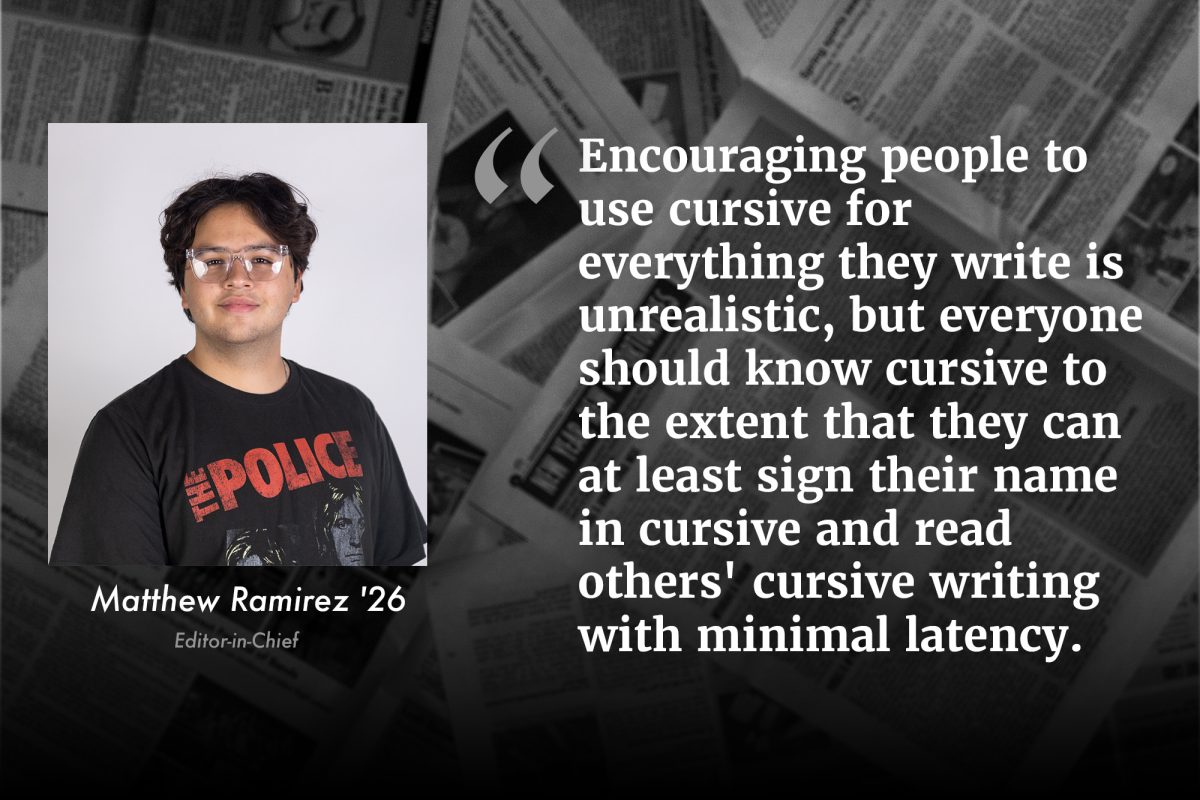Student debt is a topic of rising importance in our time. According to the Washington Post, Americans are burdened with 1.6 trillion dollars of student debt, a debt which the Federal Reserve Bank of New York says is spread among as many as 44.7 million Americans. Student debt has been shown to postpone marriage, discourage entrepreneurship, and impact many other life decisions. Because of this, it is no surprise that prospective college students, and especially Strath Haven students, should be concerned about the student debt they will have to assume to pay for college.
Strath Haven students have particular cause to be concerned since approximately 95% of students pursue a two or four-year degree (10% and 85% respectively), while the other 5% enter the work force or military. In the Wallingford-Swarthmore school district these statistics are not surprising—there is a spoken and unspoken expectation that everyone will go to college. Just for example, look at the names of classes: College prep is the standard level class. The name implies preparation for college as our baseline.
The reality is that Strath Haven’s rate is among the higher ones in the nation. According to the Bureau of Labor Statistics, 69.7% of American high school students enrolled in college in 2016. In other words, Strath Haven sends 136% the national rate to college. And, all these students have to find the means to finance their education. Perhaps parents have saved for college, maybe they pay as they go, or students take out loans.
According to Mrs. Salvage, a guidance counselor at Strath Haven, student debt is becoming an increasing concern when discussing the application process with students. She gave the example of an anonymous student who chose a less expensive school over an Ivy League institution.
When interviewed regarding his concerns about student debt, Senior and Student Council Vice President Michael Fergus shared his thoughts: “Yes, I’m looking at colleges, and it’s something I’m going to have to pay off.” He added that the cost of attending a college is a major factor in his search.
Strath Haven students are concerned about student debt. The question is, what can students realistically do when trying to make such a major financial decision at the age of seventeen or eighteen? One option is to take on high levels of debt. Another option is to simply choose a cheaper school, although “cheaper” seems to have lost meaning when even the tuition of public colleges and universities has skyrocketed over the years. An online tool that can help with this decision is NitroScore, a website that projects the ability to pay off student loans based on college and major. However, this approach can put money before merit, an unfortunate reality for the foreseeable future.
This reality can be altered. When asked if he would choose a public college or university over his first choice if it were tuition-free, Michael Fergus gave an emphatic, “Yes!” For example, just last year, 8% of the graduating class went to Penn State, and another 8.8% went to Delaware County Community College, both in the top five schools the class of 2019 attended, and both potentially benefiting from public funding. By eliminating the cost of attending such schools, nearly 17% of Strath Haven students would no longer have to worry about student loans for college. This figure does not take into account all of the students who go to other public colleges and universities who would also be helped by such a policy.
In this decision, prospective college students have a choice. If you want tuition-free public college or university, then, in the words of President Barack Obama: “Don’t boo, vote!”
















